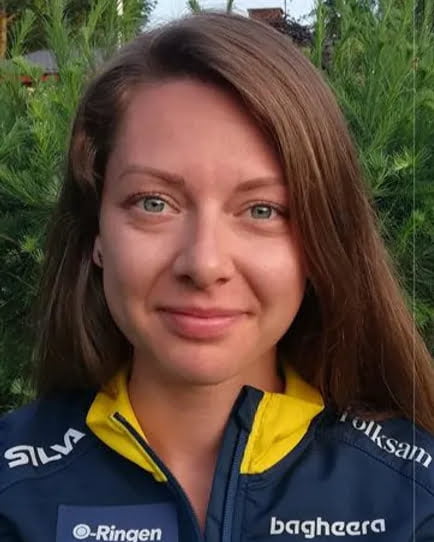In their new publication A Simple Model for Diagnosis of Maladaptations to Exercise Training, Svexa CSO Filip Larsen and PhD student Lina Nilsson with colleagues have constructed a new model designed to optimize the training load of athletes and avoid overtraining. The most exciting thing is that these results are already implemented as a part of svexa’s adaptive training system “Ellida”, which enables each athlete to generate optimal training plans based on their individual physiology.
Through a series of controlled experiments, the training load of healthy athletes has been increased week after week to the point when they no longer can adapt to the workload. This point is associated with faltering training improvements, dysfunctional mitochondria (the powerhouse of the muscle cell), worse blood glucose control and psychological effects like worse mood and lack of motivation. Since performing invasive metabolic tests and extracting muscle biopsies are out of reach for normal athletes, the intent with this study was to find surrogate parameters that coaches and athletes easily can measure themselves, indicating when the athletes were approaching the tipping point towards overtraining.
Simple parameters including heart rate, blood lactate and glucose during exercise in combination with ratings of perceived exertion (asking the athlete how hard they felt the session/interval was) and a daily psychological questionnaire were kept under close surveillance.
It was found that the model with a very high degree of precision, and low rate of false positives, could tell when someone was training too hard and no longer adapted to the workload. The findings have already been confirmed in an independent cohort and data are now collected on 20 elite athletes in their normal training for a full year (the GLIMPSE study) to improve the model even further. A striking finding is that general absolute cut-off values for lactate, glucose or RPE have very little predictive value. Instead, changes from each individual’s baseline values must be used, highlighting the need for individualization.
Optimize your training with Ellida
Overtraining avoidance is just one component in Ellida, svexa’s adaptive training planning tool. Ellida uses your historic training data, for example uploaded from your training watch. Based on how you have responded to training previously, Ellida runs thousands of simulations of different training programs to create a program best suited for your unique physiology. As you start to follow the training program, subtle changes in how you respond to the training and how your recovery is going will adjust the training load daily, so you always get the best training suggestion that will allow you to reach your goal. Ellida is available now for licensing by sports tech companies, contact us for more details at info@svexa.com .

Throughout her PhD project, Lina is working both in the academic laboratory setting with data collection and analytics, but also on the field travelling with the national teams to training camps. An important part of her activities is direct contact with the athletes implementing the findings from her work.

In addition to his role as svexa’s Chief Science Officer, Dr FIlip Larsen is Associate Professor, Swedish School of Sports & Health Sciences, and a Physiologist for Swedish National Orienteering Team.



